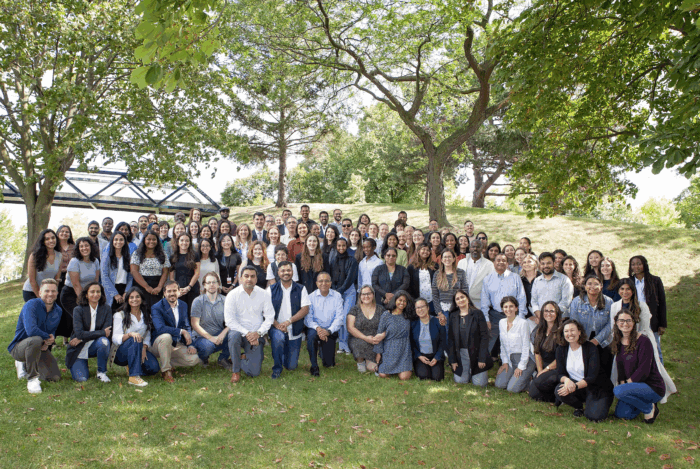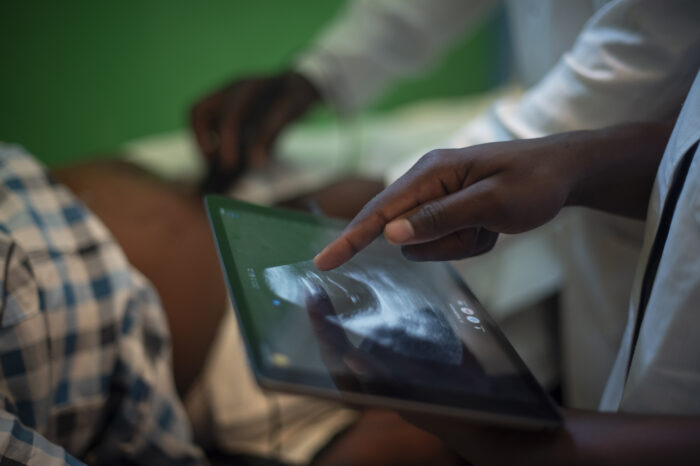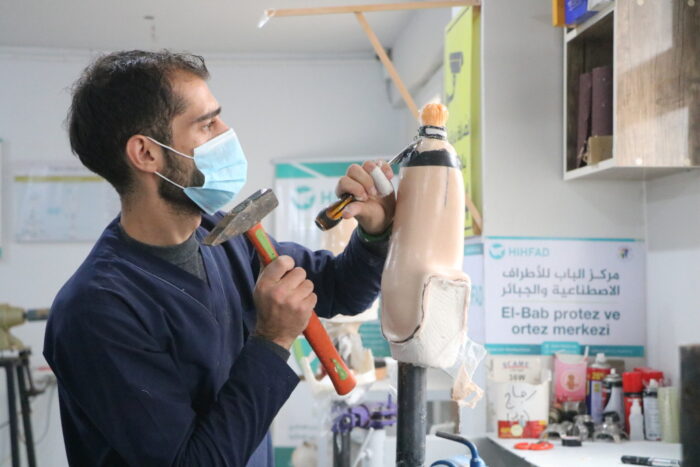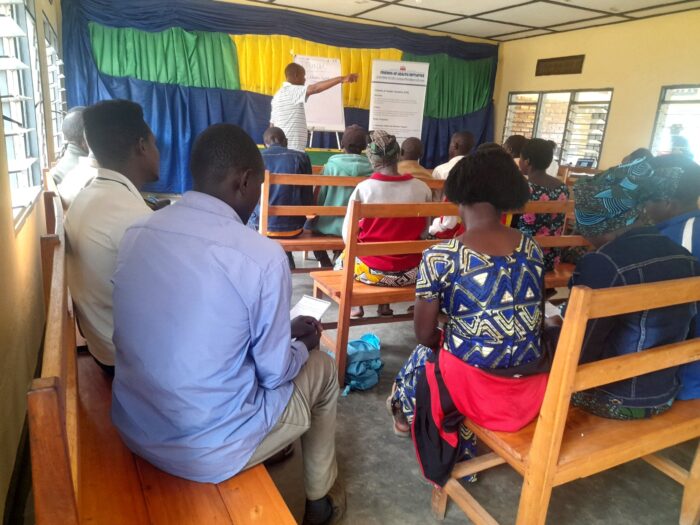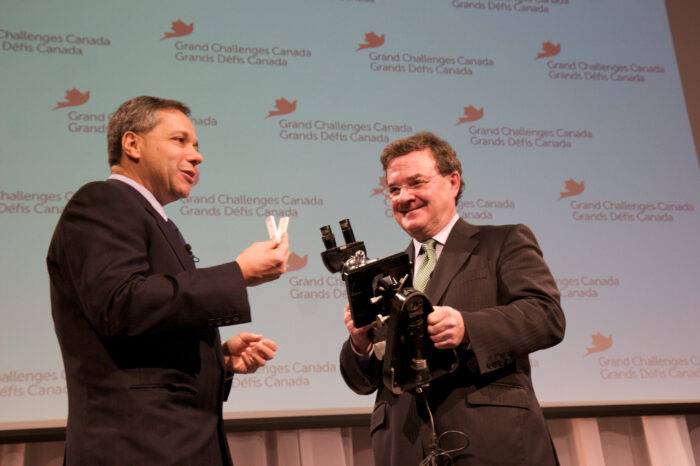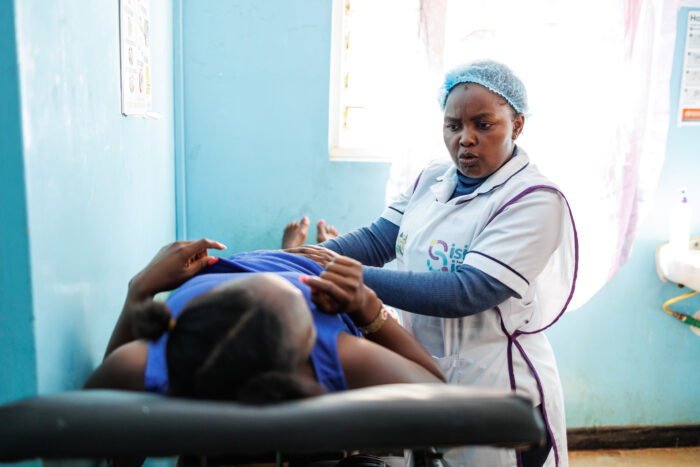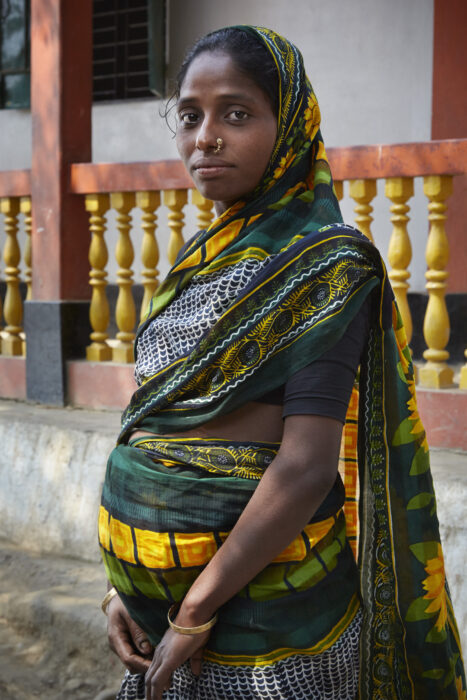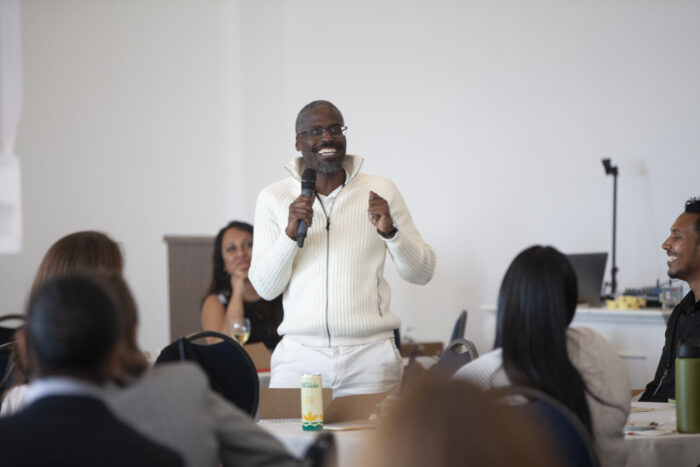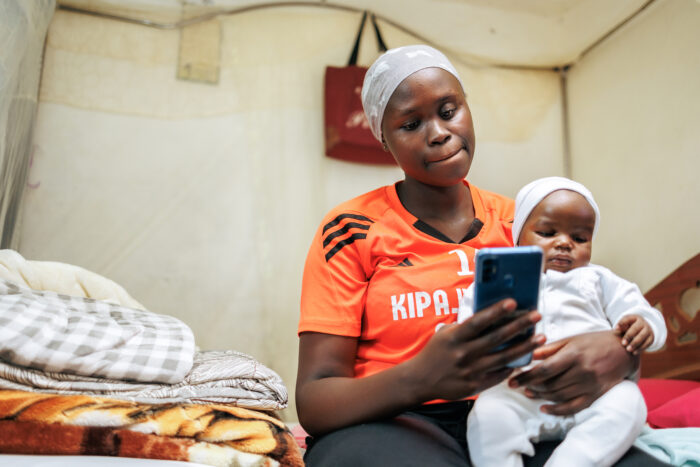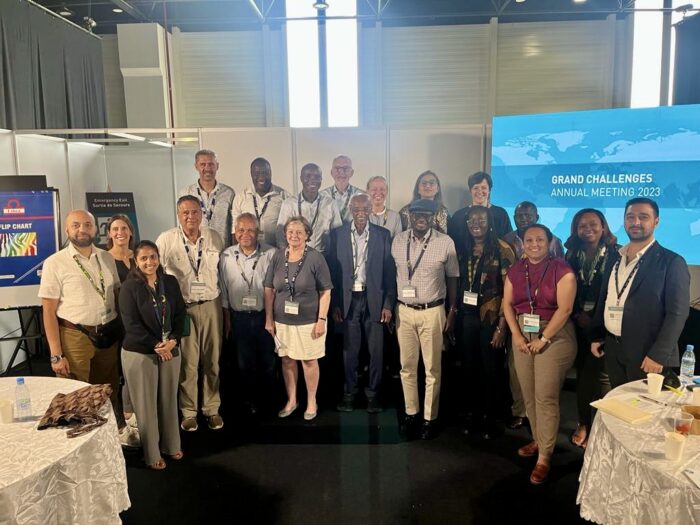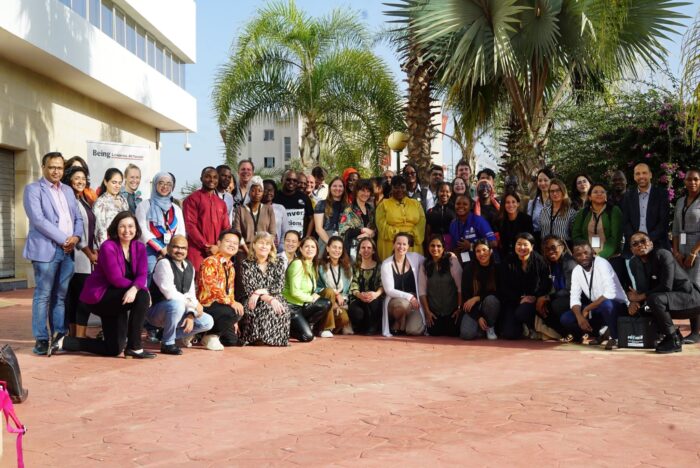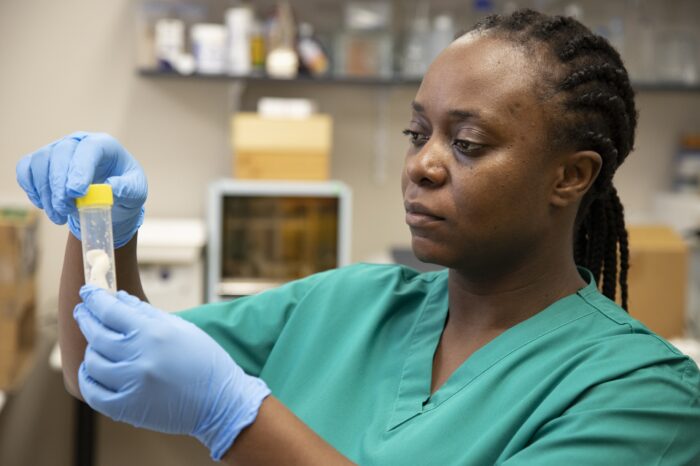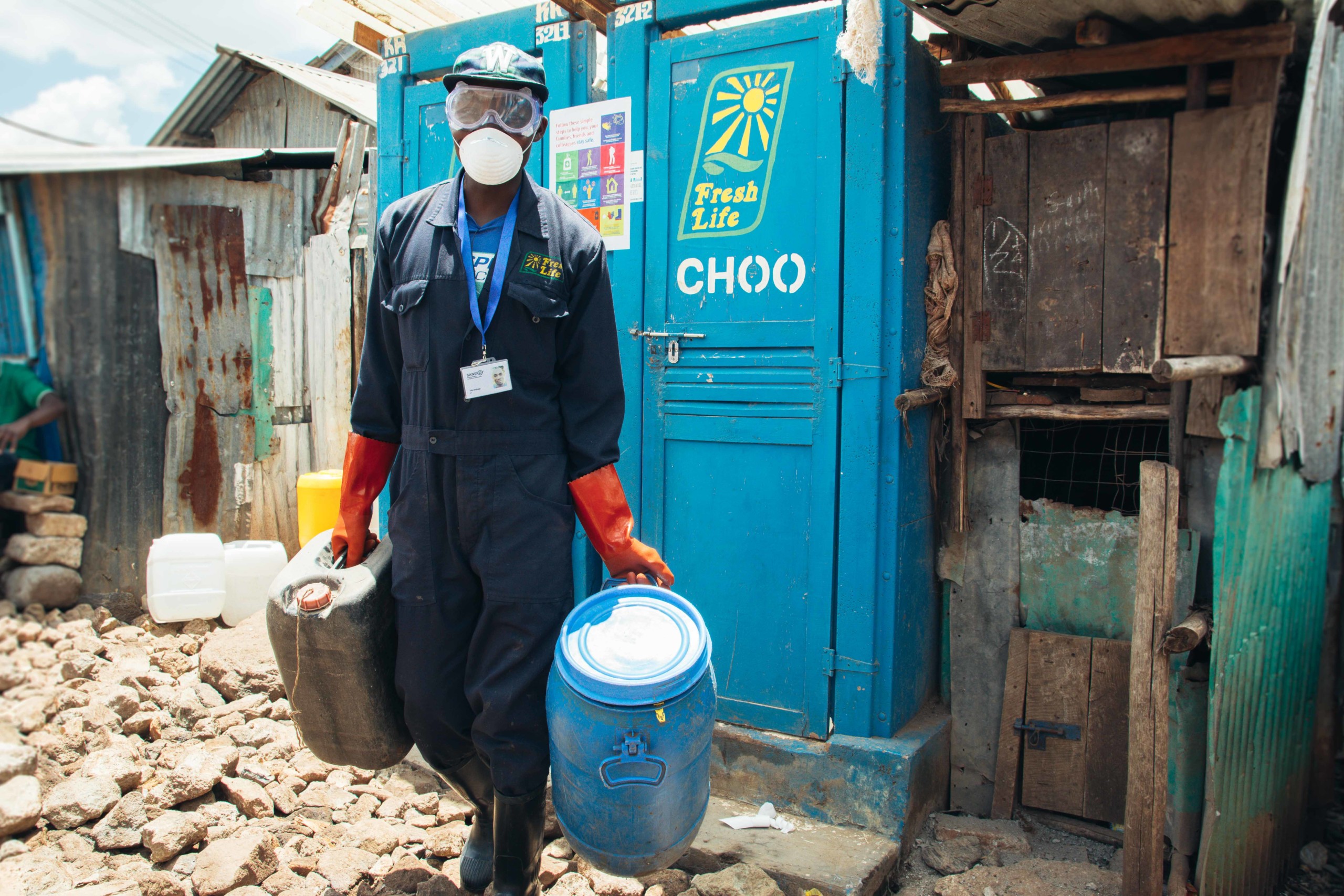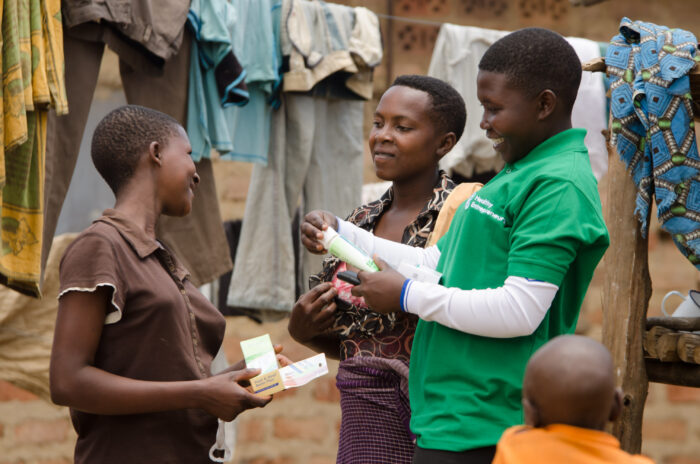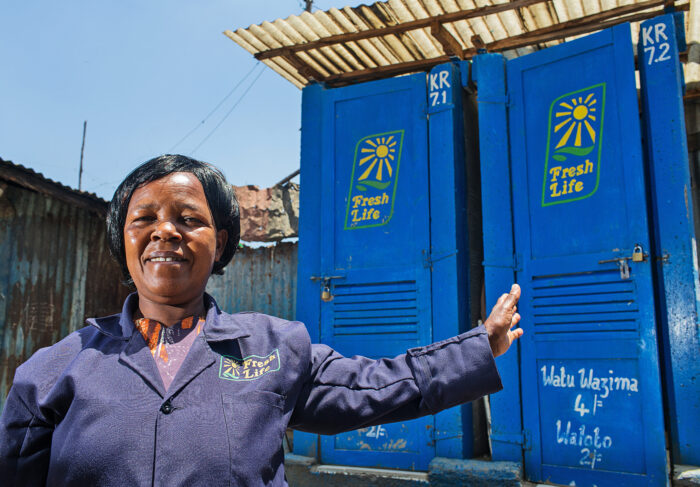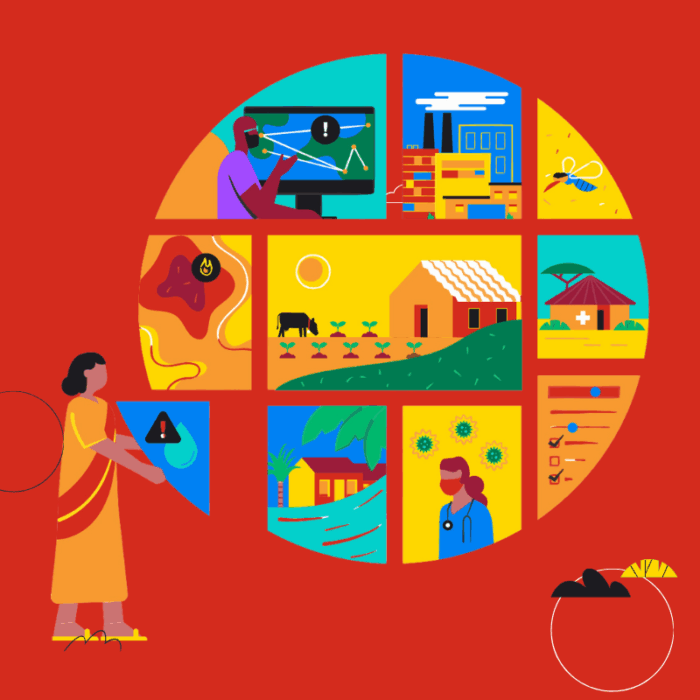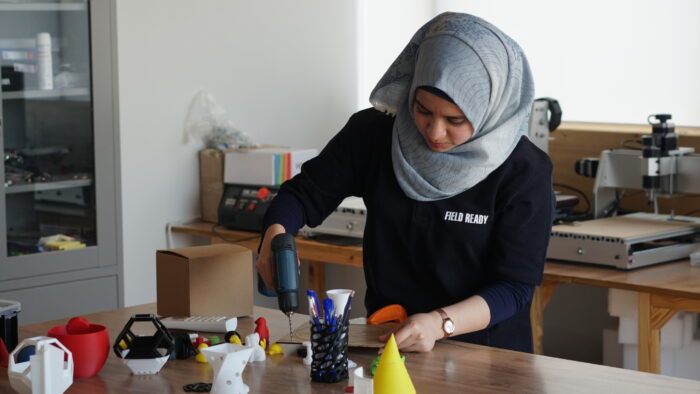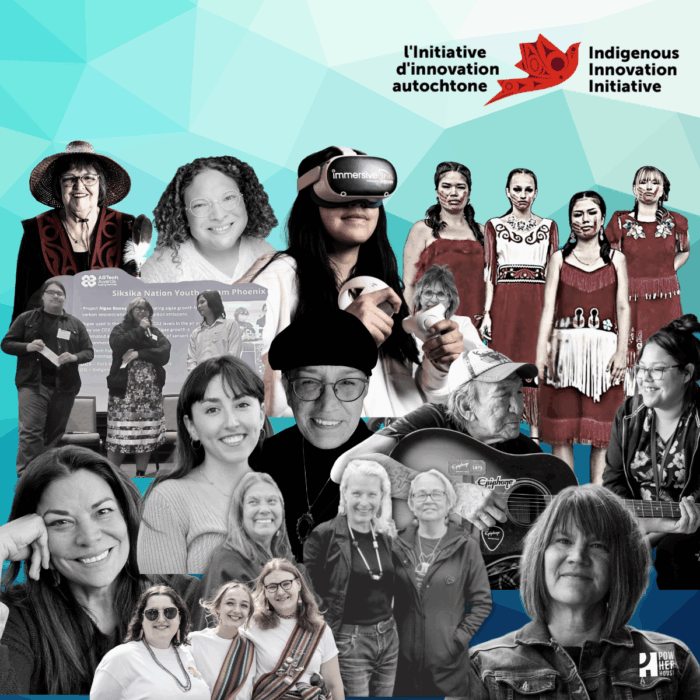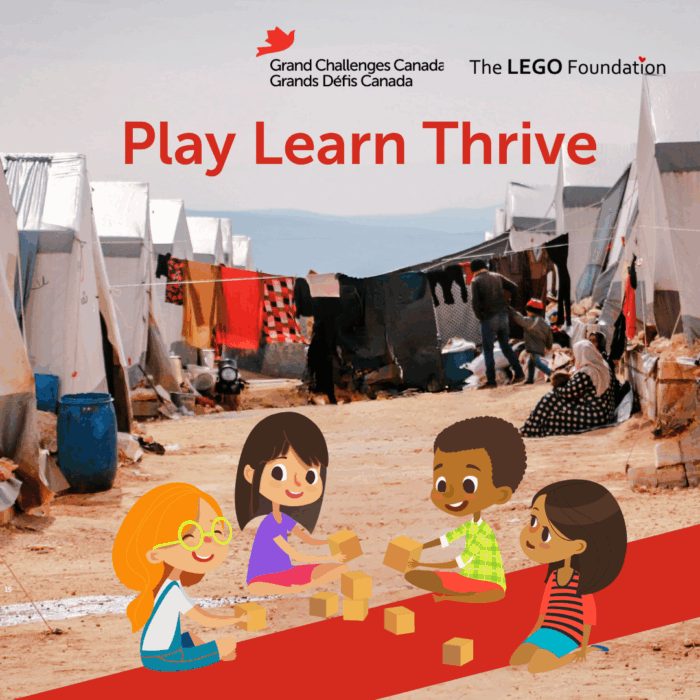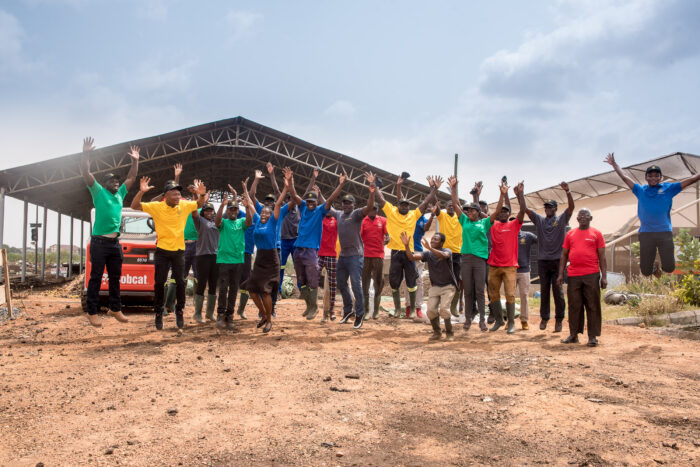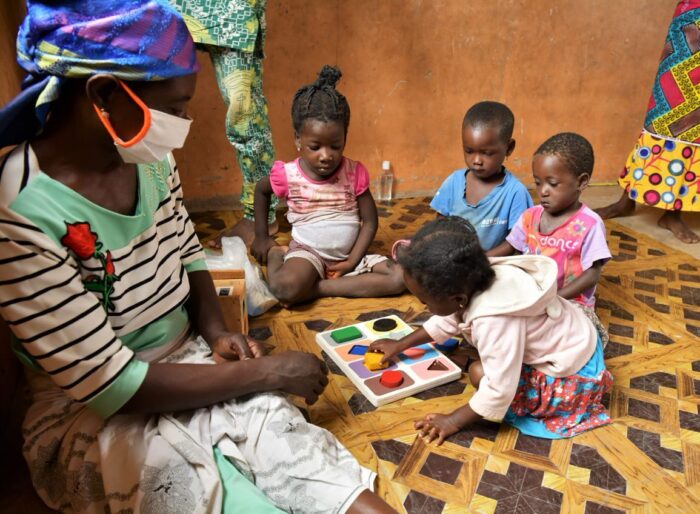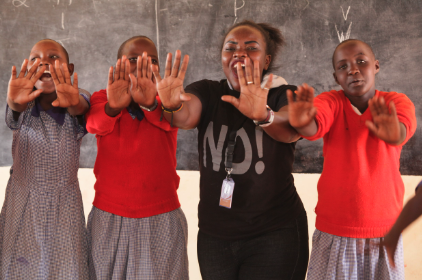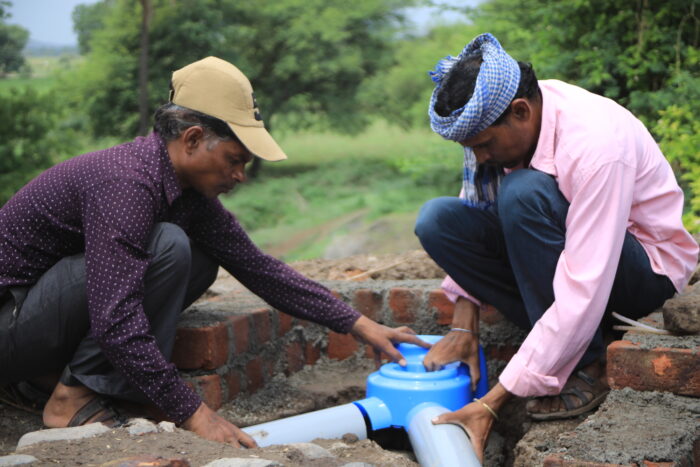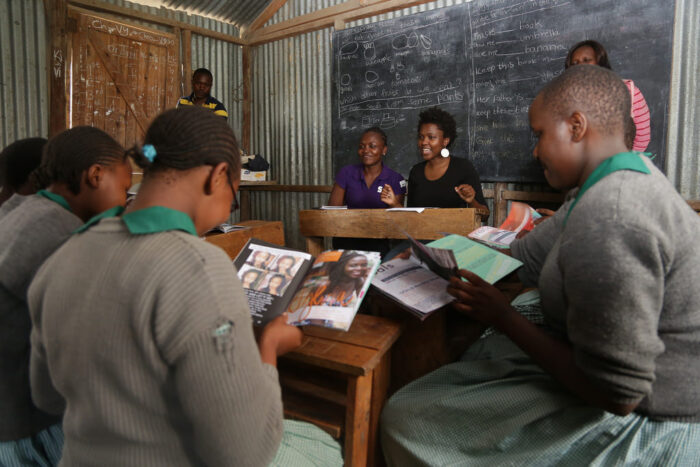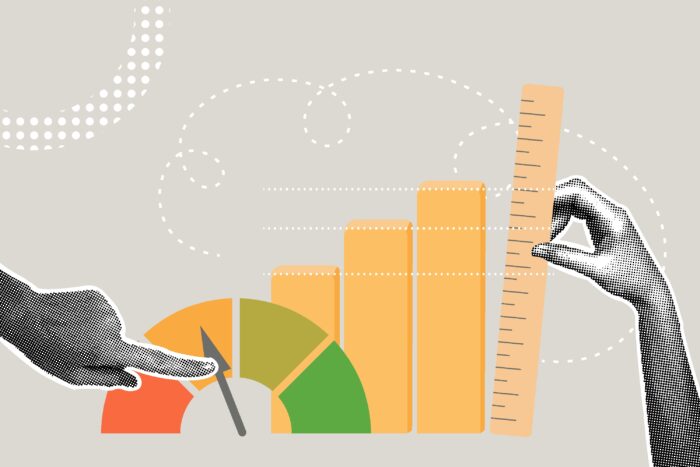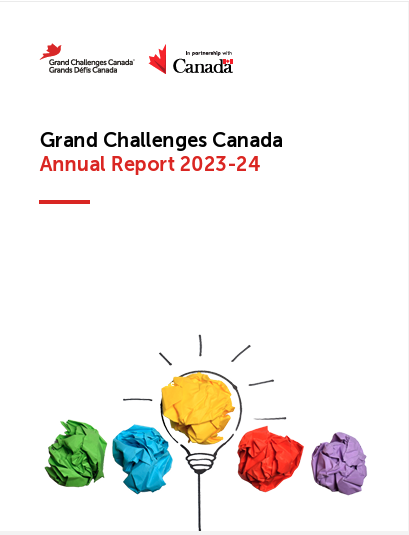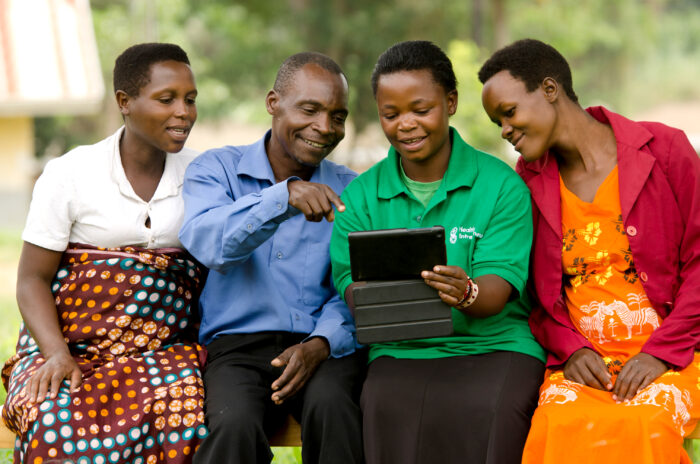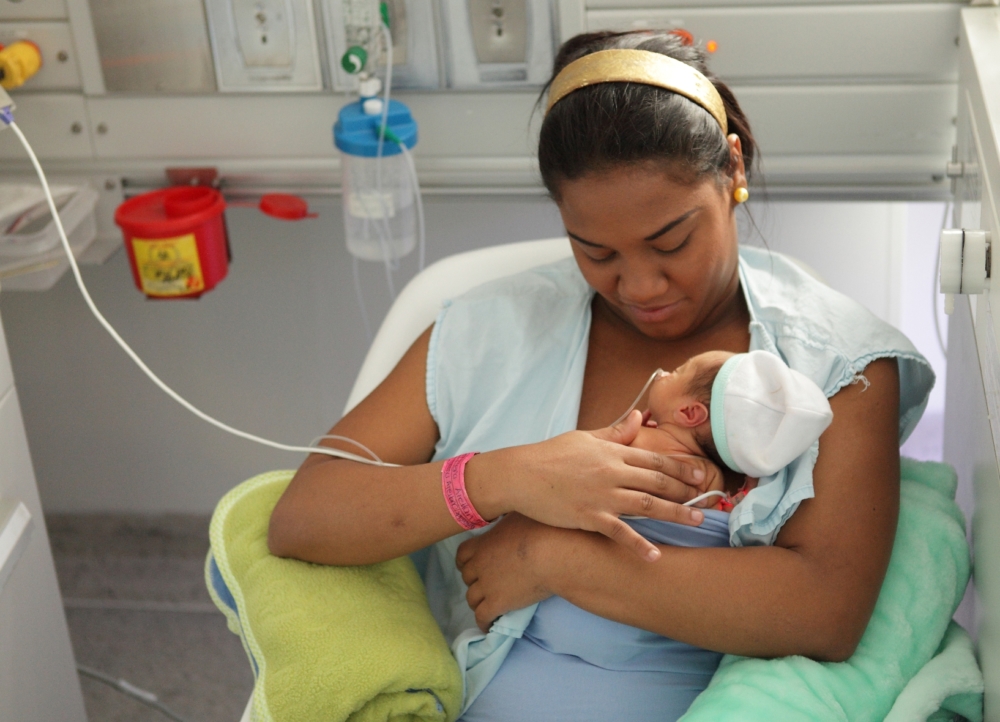
In 2011, Grand Challenges Canada launched Saving Brains: a grand challenge to increase human capital in low- and middle-income countries by sourcing and supporting bold ideas to support healthy brain development in the youngest and most vulnerable children. As of mid-2018, we have supported a broad portfolio of 115 innovation projects in 30 countries testing and scaling Early Childhood Development (ECD) solutions for low- and middle-income country contexts (LMICs). As Saving Brains has grown over the years, we’ve come to understand that our unique value add lies in five distinct elements:
1. Our Portfolio Approach Challenges the Status Quo
No one solution can improve ECD outcomes in LMICs around the globe. Through investing in a diverse portfolio of potential solutions with seed funding, we can cost-effectively push the envelope on approaches in ECD, while strategically scaling only tested ideas with the most promise for impact. The consequence of this approach is that innovators are only provided two years and CAD $250,000 to test their idea. This, by design, requires efficient approaches to testing the key questions underlying the novel concept rather than taking more traditional program cycle approaches. To date, more than 45 percent of Saving Brains seed projects have successfully demonstrated proof of concept, and another 31 percent are promising, or likely to succeed. Once tested, the most promising innovations are supported with Transition to Scale funding (up to $1 million in matched funding), which allows for validation of outcomes alongside testing of scale and sustainability approaches.
2. We Embrace a Holistic View of the Developing Child
Saving Brains begins with a holistic understanding of early childhood development, and a belief that the most effective approaches to ECD must address multiple risk factors (i.e. poor health, malnutrition, lack of protection, unresponsive caregiving, limited learning opportunities) at once, in large part because children growing up in adverse conditions are typically exposed to multiple, as opposed to singular, risk factors. This multi-faceted approach aligns with the World Health Organization’s nurturing care framework.
3. We Measure Impact Through a Common Framework
Saving Brains recognizes that contributing to real progress in ECD mandates effective and consistent measurement of child development outcomes across our projects. In our early years, Saving Brains selected a common set of assessment measurements to enhance comparability of results across our portfolio. Our set of core metrics, which includes indicators of physical growth, cognitive development, language, and socioemotional development, were determined with the initial set of Saving Brains innovators. Through leveraging a common approach to measuring impact, Saving Brains maintains a strong focus on both process indicators and child development outcomes, while allowing for iteration in the approach to optimize the outcomes.
4. We Focus on Scale and Sustainability from the Beginning
Saving Brains has a strong focus on scale and sustainability throughout our entire portfolio. While most of our projects are supported at seed, Saving Brains consistently seeks to invest in projects with the potential to have sustainable impact at scale, placing emphasis on solution based projects, rather than research.
5. Saving Brains Has Developed A Strong Learning Community
We have invested in a strong learning community dedicated to accelerating progress against the Saving Brains Grand Challenge through identifying and sharing best practices, challenges, and successes. To date, 80 percent of Saving Brains innovations are led by innovators in LMICs. The Saving Brains learning community has therefore ended up being a strong international network of thought leaders, innovators, and changemakers collectively contributing to early child development globally.
Where We Are Now
Today, the international community is increasingly recognizing the importance of ECD interventions for building strong, economically successful societies in which children can not only survive, but thrive. ECD is an integral part of several of the United Nations’ Sustainable Development Goals, and is central to the UN Secretary General’s Global Strategy for Women’s Children’s and Adolescents’ Health (2016-2030). Despite this increased attention, marked challenges to progress remain. Broadly speaking, we have a strong grasp on the intervention content necessary to support healthy ECD – the biggest challenge that remains is determining how to deliver effective, sustainable ECD projects at a large scale. We have been focused on tackling precisely this challenge and will continue to. Likewise, Saving Brains has come a long way since our launch.
Catalyzing Impact
Looking to the future, Saving Brains’ Transition to Scale portfolio has the potential to reach 3 million children; innovations demonstrated to positively impact on ECD outcomes. Moreover, our innovations are contributing to more equitable outcomes in LMICs, including empowering and improving the well-being of women and girls.
An Early Influencer and Instigator
When the Lancet released a series on early childhood development in Saving Brains in 2016, it highlighted Saving Brains as the first implementer in the “coming of age” of new early childhood development programming. Watch for subsequent posts about our results to date.
Global in Reach
Our two most recent seed rounds saw applications from 70 countries, including, but not limited to Jamaica, Peru, Malawi, and Tajikistan. These most recent rounds also included innovations focused on important areas that were not well addressed in previous rounds, such as projects supporting children with disabilities.
Partnership
We believe that the path forward requires stakeholders to design and support approaches that place emphasis on the measurement of outcomes, build strong and sustainable human resource capacity, and engage motivated local stakeholders to ensure on the ground reach. Stay tuned for our next post, describing the evolution of the Saving Brains approach to global ECD solutions, and transition-to-scale.
More Info
Visit the Saving Brains program page.
